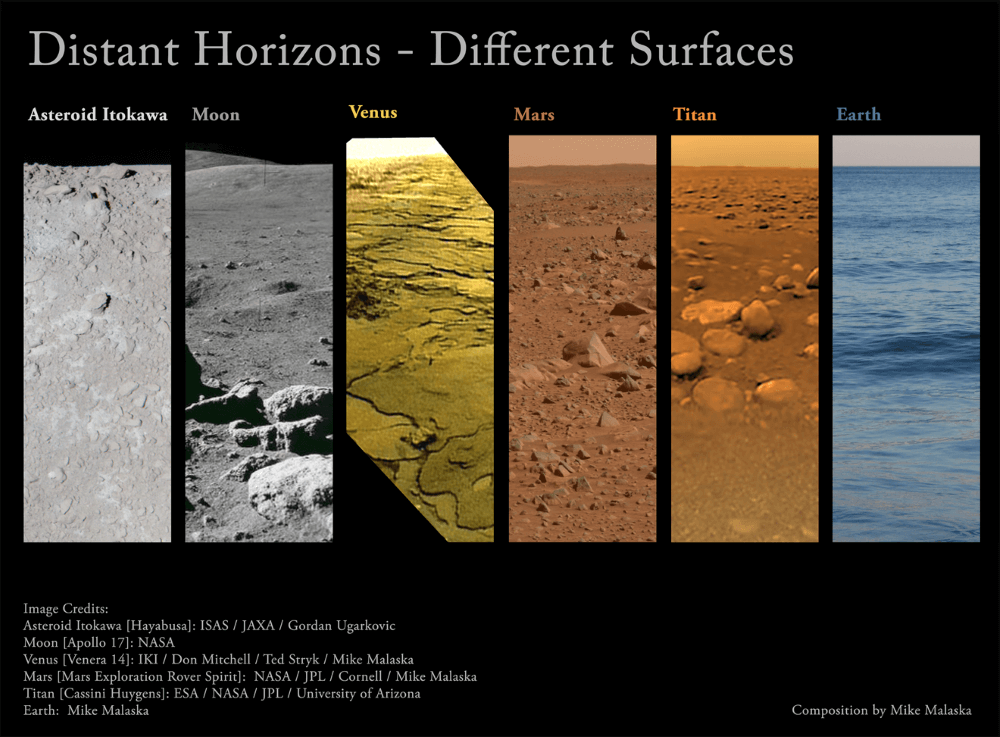Most people will think of a dry arid landscape when they think of Mars. When seen from orbit, dry river channels and lake-beds can be seen along with mineral deposits thought to be the created in the presence of liquid water. A team of researches now suggest that liquid carbon dioxide could also explain the features seen. On Earth, a process known as carbon sequestration liquefies CO2 which is buried underground. There are a number of mechanisms that could explain the liquid CO2 underground the researchers suggest.
Continue reading “Other Liquids Could Be Forming Minerals on Mars”Other Liquids Could Be Forming Minerals on Mars


